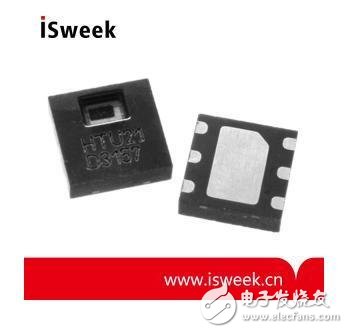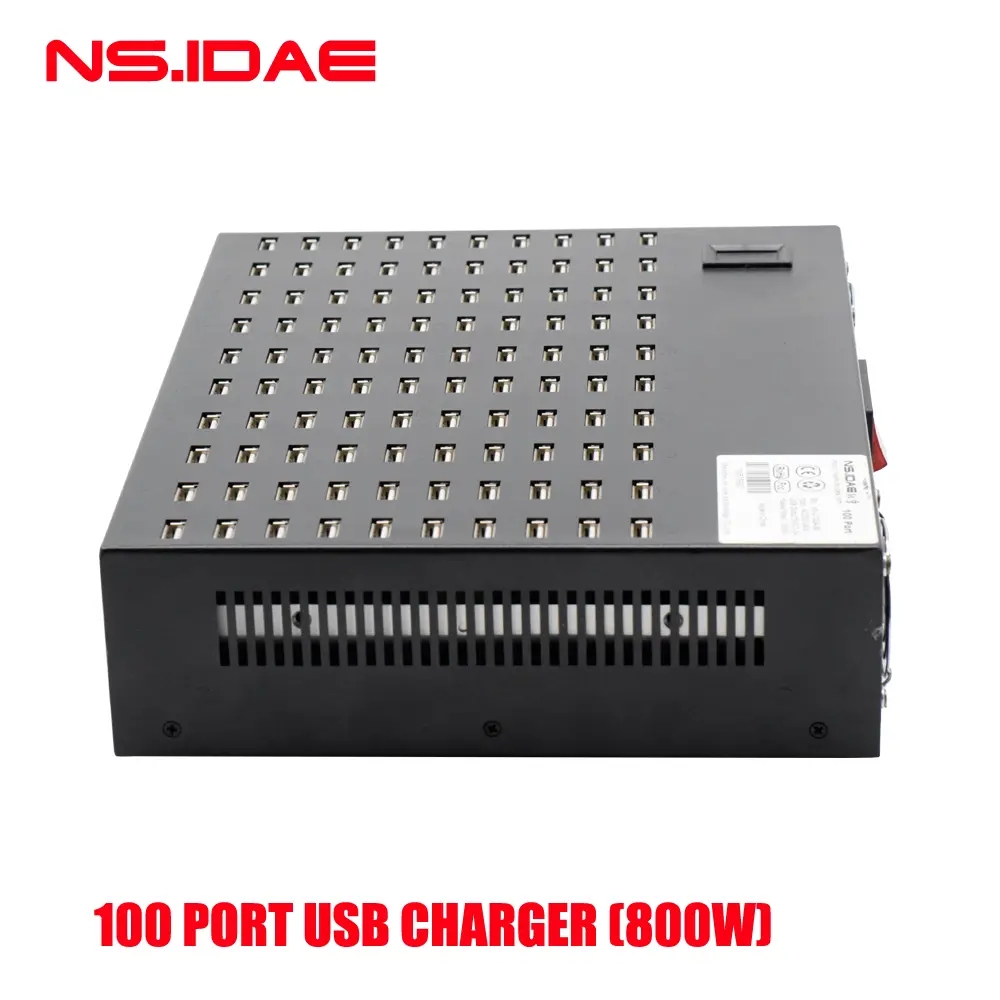The digital sensor is a new type of electronic load cell developed on the basis of the traditional resistance strain sensor combined with the integration of modern microelectronic technology and microcomputer technology. It consists of two parts: analog sensor (resistance strain gauge) and digital conversion module. Analog sensors are used in a wide range of applications, from industrial, agricultural, and defense construction to everyday life, education, and scientific research.

At present, these two types of sensors appear frequently in the market. You may not be very clear about the difference between the two. The following is a discussion of the performance of digital sensors, which is different from the analog sensors. The following seven points are listed:
(1) Solving the problem of analog sensor signal difference:
The output signal of an analog sensor is only a few tens of millivolts at maximum, and only a few milli-million volts at the lowest. During the transmission of weak signals on the cable, it is susceptible to interference, resulting in unstable system operation or reduced metering performance. The output signal of the digital sensor is about 3~4V, and the anti-interference ability is much larger than the million times of the analog signal.
(2) Solving radio frequency interference problems:
The low-voltage signals of analog sensors are highly susceptible to electronic interference and other antenna electrical signals. Digital sensors have been designed with these anti-interference capabilities in mind, they are capable of high interference areas and ensure metering performance.
(3) Solve the problem of moisture and corrosion prevention:
The digital sensor uses a 100% stainless steel welded housing. SENST laser ranging sensor is sealed, waterproof, moisture-proof, anti-corrosive, can work as usual under harsh working conditions, and the metering performance will not be affected. The protection level reaches IP68.
(4) Solve the problem of lightning protection and eccentric load/temperature influence:
Digital sensors have lightning protection and high current discharge capability, which is especially important when installed outdoors. In addition, digital load cells automatically compensate and adjust for effects due to eccentric load and temperature changes.
(5), solve the time effect - creep problem:
When the load time is applied to the sensor, its output often changes greatly. The digital sensor automatically compensates for creep by software in the internal microprocessor.
(6) Digital sensors have higher accuracy, reliability and stability, reducing the errors often caused by analog sensors:
Since the corrected data is stored in digital form inside each sensor, the accumulated error caused by the analog signal can be reduced. These errors are usually caused by factors such as connectors, terminal blocks (terminals), potentiometers, switches, and long cables during transmission. The compensation/correction parameters of the digital load cell are stored in the permanent memory inside the sensor, thus eliminating the need for components such as switches/potentiometers.
(7), with self-diagnosis function:
The digital sensor has a self-diagnostic function. The SENST laser ranging sensor continuously detects internal working conditions. When a fault is detected, an error code is issued, which greatly reduces the possibility of missing faults, which is not possible with analog sensors.
Finally, we recommend a digital output temperature and humidity sensor HTU21D from Humirel, France. This is the hot temperature and humidity sensor in the digital sensor on the market. It has the following four advantages:
(1) Available in a DFN package suitable for reflow soldering, measuring only 3 x 3 x 1mm; providing a calibrated, linear I2C digital output signal.
(2) Each sensor is calibrated and tested. The batch number is not only printed on the outer casing, but also stored in the sensor chip for reading by instruction. The user can change the resolution of the HTU21D (8/12bit to 12/14bit) by command.
(3) HTU21D has low power consumption, high cost performance and small size, so it is suitable for OEM high-volume applications with price sensitivity and limited installation space.
(4), used in engines and motor vehicles, medical, industrial control, consumer electronics and household appliances industries.
Intelligent charging logo and fast charging: This 100 port USB charger automatically identifies the current signal and performs the current output according to the device restriction. The device is limited to intelligent and secure. Just plug in, no driver or software is required. The latest generation of USB hub controller, the maximum charging output of each USB port 3.5A. Single -port supports fast charging to save your time and energy. 100 % security charging: This 100 port USB charging station built -in smart chip is to prevent voltage from exceeding the current and overload. Reasonable cooling holes can effectively dissipate heat to prevent excessive excessiveness. Excessive charging protection, when these devices are fully charged, they will automatically convert to small charges flowing current, and the battery saturation rate is 99 %.

100 Port Usb Charger,100 Port Usb Wall Charger,Multi Port Usb Hub Charger,100 Port Usb Charging Station
shenzhen ns-idae technology co.,ltd , https://www.szbestchargers.com